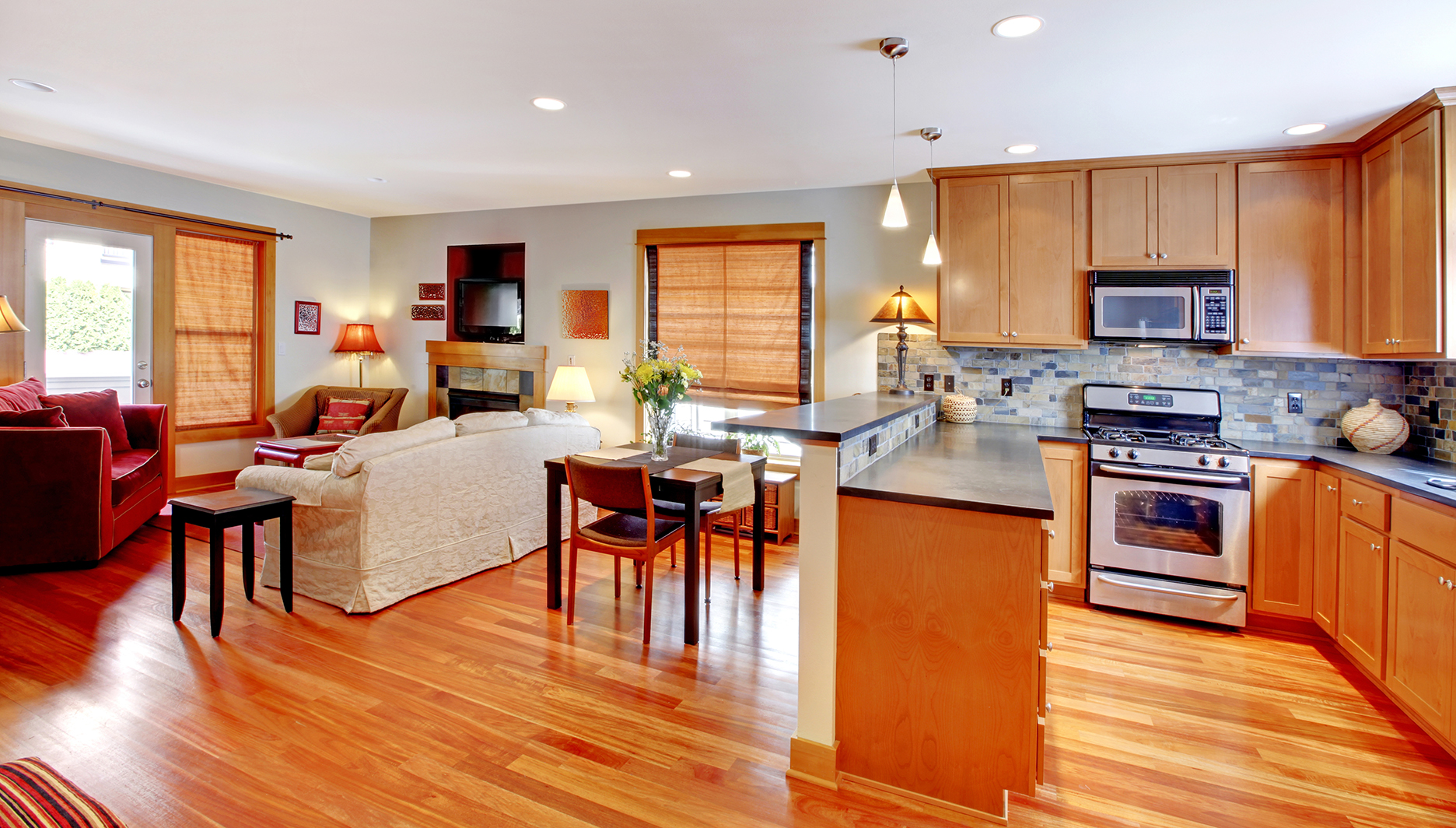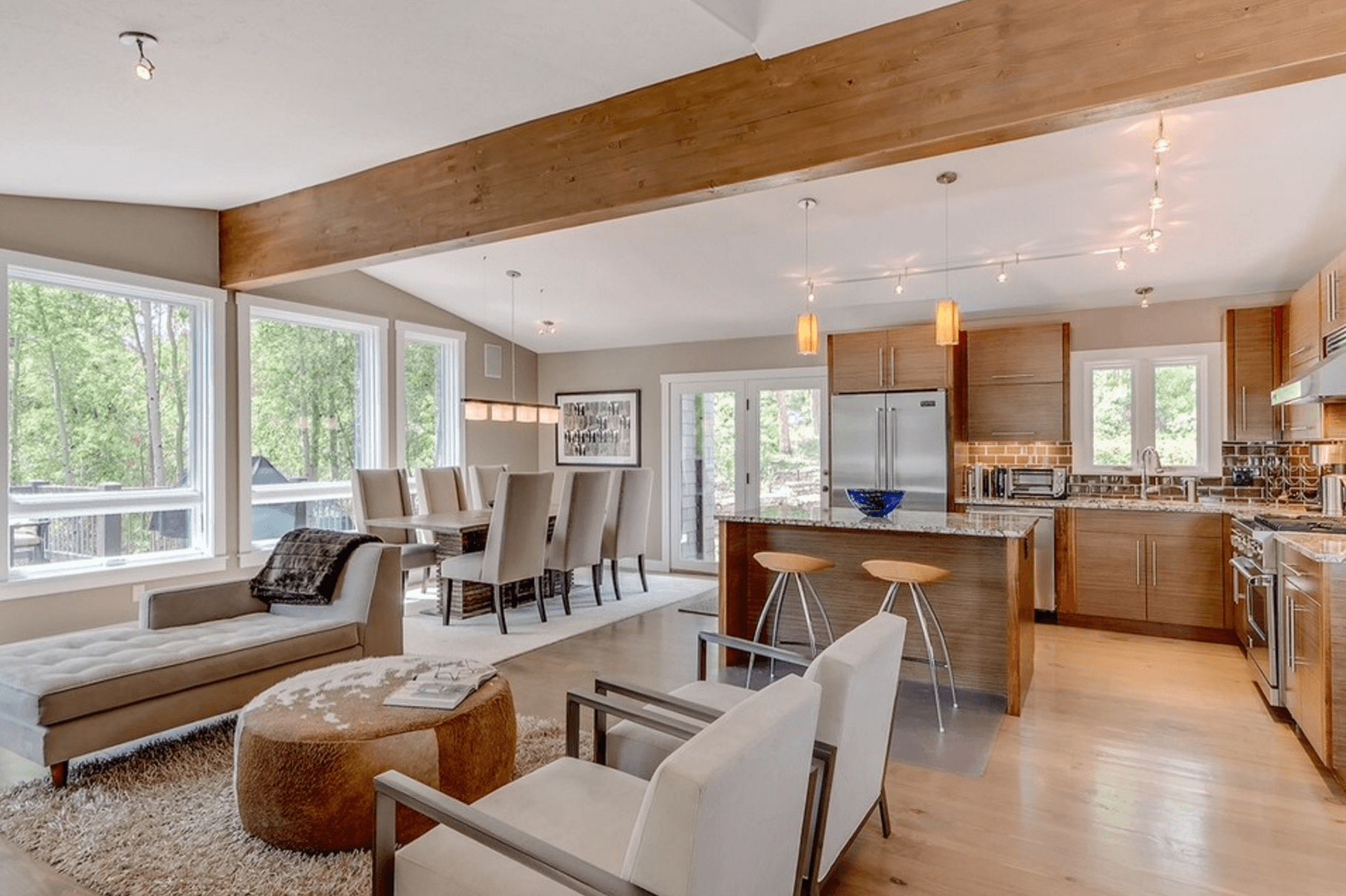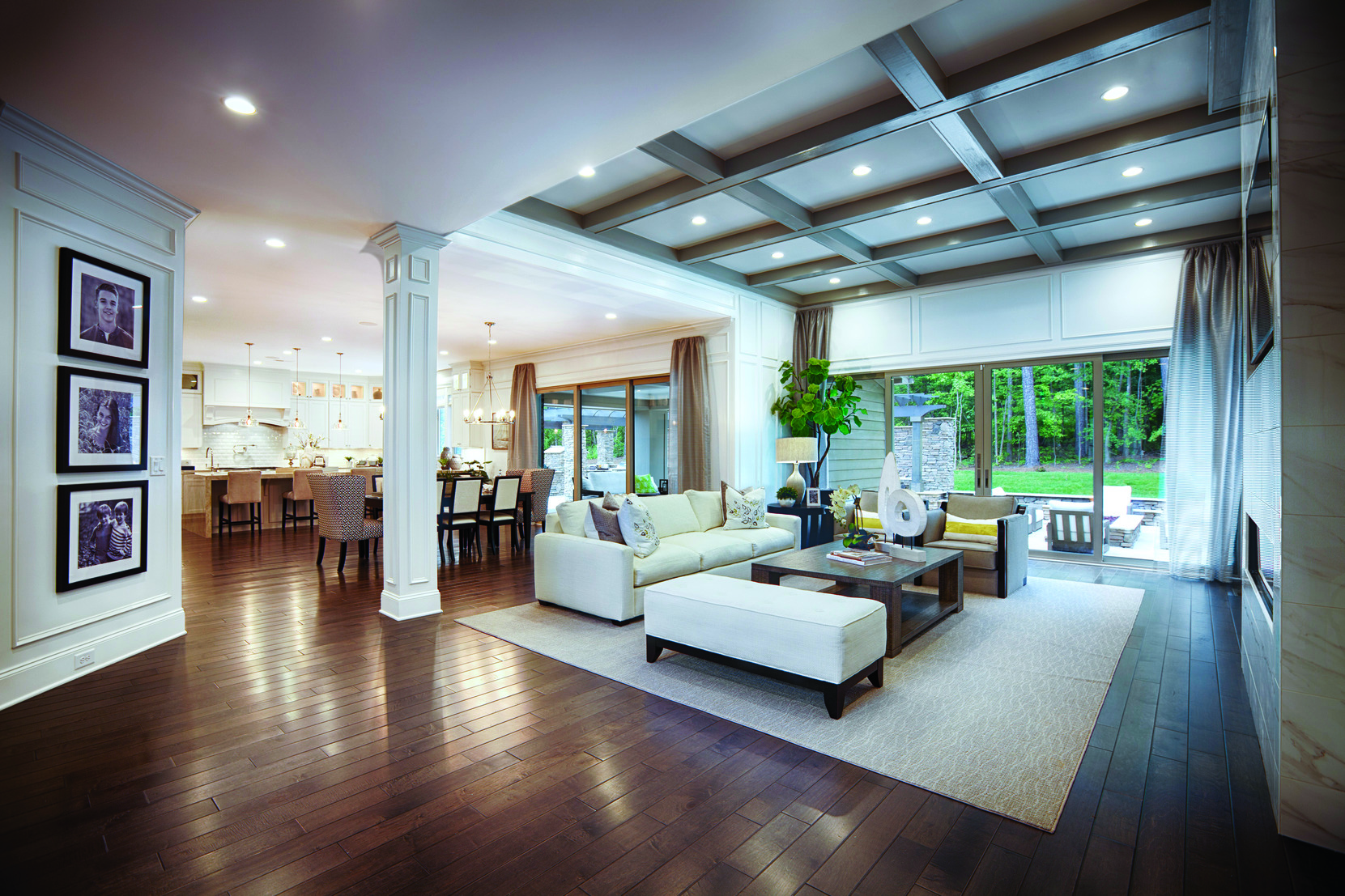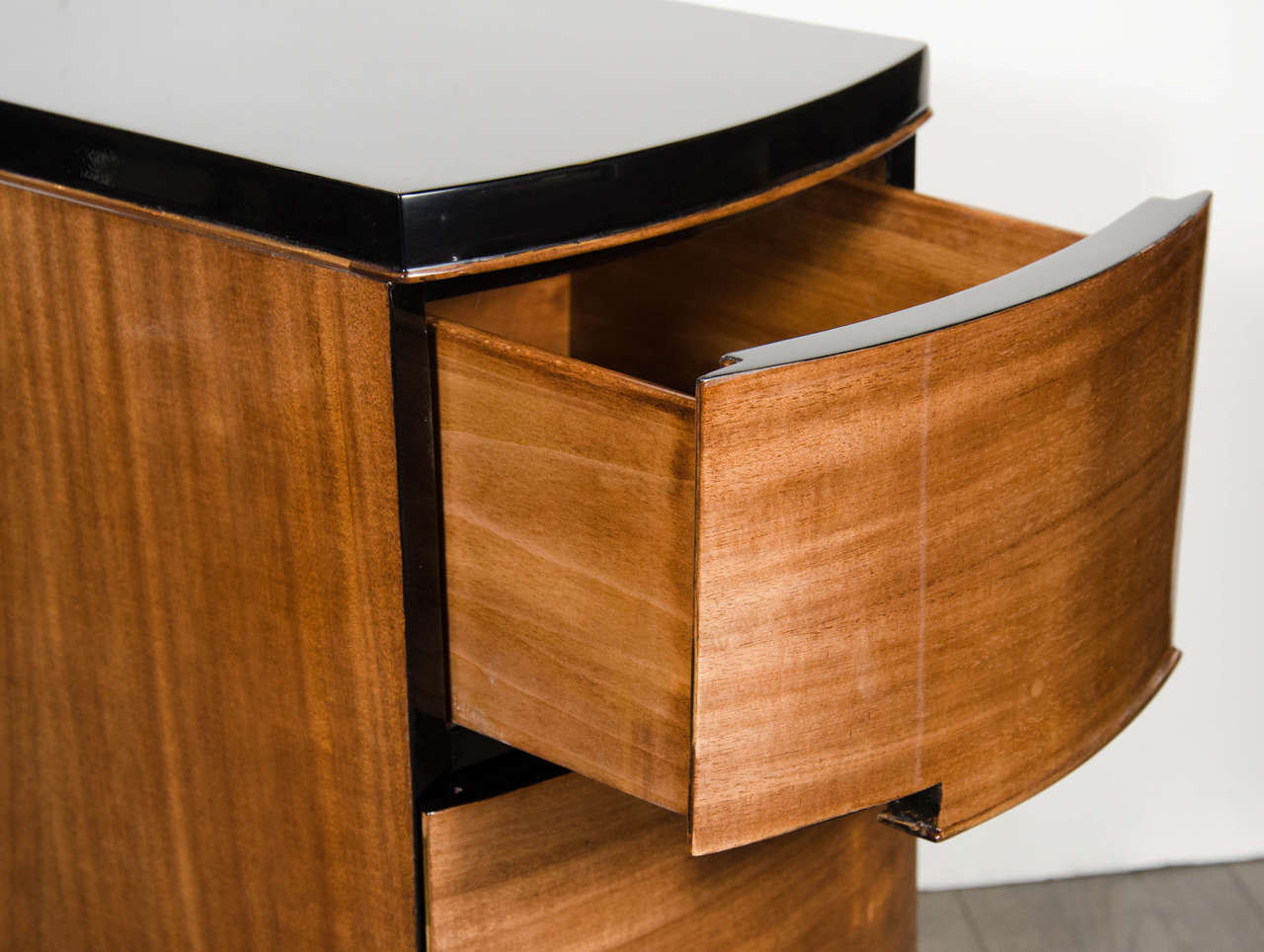International Style Movement
The International Style Movement, also known as the International Style or the Modern Movement, emerged in the early 20th century and became a dominant architectural and design style around the world. It originated in Europe, particularly in Germany, and was influenced by the modernist movement and the principles of the Bauhaus school.
The International Style emphasized functionality, simplicity, and the use of modern materials and technology. It rejected historicism and ornamental decoration, instead focusing on clean, geometric forms and open, functional spaces. This style has had a lasting impact on various design disciplines, including interior design.
Living Room Design
The living room is often considered the heart of a home, where people gather and spend quality time together. It is also the space where the International Style is most prominently showcased. This style's principles of simplicity, functionality, and open spaces are particularly well-suited for living room design, creating a harmonious and inviting atmosphere.
A modern living room designed in the International Style is characterized by clean lines, minimal clutter, and a neutral color palette. The use of color in this style is purposeful and restrained, typically limited to a few accents or a statement piece of furniture. This allows the focus to remain on the room's overall form and function.
Modernist Architecture
The International Style was heavily influenced by the modernist movement in architecture, which rejected traditional styles and embraced new materials and construction techniques. Modernist architects believed in the form follows function principle, meaning that the design of a building should be determined by its purpose and not by superficial ornamental details.
This philosophy is evident in the design of modernist living rooms, where every element serves a purpose and contributes to the overall aesthetic. The clean lines, open spaces, and lack of ornamentation create a sense of visual harmony and balance.
Bauhaus Influence
The Bauhaus school in Germany, founded by Walter Gropius in 1919, had a significant impact on the International Style. The school's emphasis on the integration of art and technology and its rejection of traditional decorative styles aligned with the principles of the International Style.
In living room design, the Bauhaus influence is reflected in the use of simple, geometric shapes and functional furniture. The emphasis on practicality and functionality is also evident in the use of multi-purpose furniture and the incorporation of industrial materials.
Minimalist Aesthetics
The International Style is often associated with minimalism, which emphasizes the less is more approach. This aesthetic is evident in the design of modern living rooms, where the focus is on creating a clean, uncluttered space with a few carefully chosen, high-quality pieces.
The use of negative space is also a key aspect of minimalism, and it is utilized in the design of modern living rooms to create a sense of openness and airiness. This, combined with the use of neutral colors and simple forms, creates a calming and serene atmosphere.
Functionalism
Functionalism is a key principle of the International Style, and it is reflected in the design of modern living rooms. This style prioritizes the use of space and the efficient organization of furniture and objects to create a harmonious and functional living space.
In a functionalist living room, everything has a purpose and is placed with intention. The furniture layout is carefully considered to allow for easy movement and to maximize the use of space. This results in a highly functional and visually appealing living room.
Open Floor Plan
The open floor plan is a defining feature of the International Style and is often seen in modern living room design. This design concept eliminates walls and barriers between different areas of the home, creating a seamless and fluid flow between spaces.
In a modern living room, the open floor plan allows the space to feel more spacious and connected. It also allows for natural light to enter the room, further enhancing the minimalist and airy aesthetic.
Geometric Shapes
The use of geometric shapes is a prominent feature of the International Style, and it is often seen in the design of modern living rooms. The clean lines and simple forms of geometric shapes add visual interest and create a sense of order and balance in the room.
Geometric shapes can be incorporated into the living room design in various ways, from the architecture and furniture to decorative accents and artwork. This adds a touch of modern sophistication to the space while staying true to the principles of the International Style.
Industrial Materials
The International Style emphasized the use of modern materials, including industrial materials such as concrete, steel, and glass. These materials were chosen for their functionality and durability, as well as for their aesthetic appeal.
In modern living room design, industrial materials can be used in various ways, from exposed concrete walls and steel-framed windows to metallic accents and furniture. These materials add a sense of modernity and industrial chic to the living room.
Streamlined Furniture
The furniture in a modern living room designed in the International Style is streamlined and functional. The emphasis is on practicality and simplicity, with furniture pieces serving multiple purposes and being easily movable.
Streamlined furniture is typically characterized by clean lines, minimal ornamentation, and a lack of unnecessary details. This not only aligns with the principles of the International Style but also allows the furniture to blend seamlessly into the overall design of the living room.
In conclusion, the International Style Movement has had a significant influence on living room design, promoting simplicity, functionality, and modernity. The principles of this style continue to be relevant and popular in contemporary design, making it a timeless and versatile choice for any living space.
The Evolution of the International Style Movement in Living Room Design

Origins of the International Style Movement
The Impact on Living Room Design
 The International Style movement had a significant impact on living room design, as it promoted a minimalistic approach that prioritized function over form. This meant that living rooms were designed to serve a specific purpose, rather than being filled with unnecessary and extravagant decorations. Furniture became sleek and streamlined, with a focus on geometric shapes and materials such as metal and glass. The color palette also shifted to neutrals, such as white, black, and gray, with pops of bold colors used sparingly.
The International Style movement had a significant impact on living room design, as it promoted a minimalistic approach that prioritized function over form. This meant that living rooms were designed to serve a specific purpose, rather than being filled with unnecessary and extravagant decorations. Furniture became sleek and streamlined, with a focus on geometric shapes and materials such as metal and glass. The color palette also shifted to neutrals, such as white, black, and gray, with pops of bold colors used sparingly.
Key Elements of the International Style Living Room
 The International Style living room is characterized by its simplicity, functionality, and clean lines. Furniture pieces are often low to the ground and feature straight, geometric forms. The lack of decorative elements creates a sense of openness and spaciousness, with natural light playing a crucial role in the design. The use of materials such as glass, steel, and concrete adds to the modern and industrial feel of the space. In terms of color, the focus is on neutrals, with accents of bold colors used to create visual interest.
The International Style living room is characterized by its simplicity, functionality, and clean lines. Furniture pieces are often low to the ground and feature straight, geometric forms. The lack of decorative elements creates a sense of openness and spaciousness, with natural light playing a crucial role in the design. The use of materials such as glass, steel, and concrete adds to the modern and industrial feel of the space. In terms of color, the focus is on neutrals, with accents of bold colors used to create visual interest.
The Timelessness of International Style Living Rooms
 Despite emerging almost a century ago, the International Style movement continues to influence living room design today. Its emphasis on function and simplicity makes it a popular choice for those looking to create a modern and minimalistic space. The lack of decorative elements also means that the design is timeless and can easily be adapted to suit different styles and trends. Whether you are a fan of the classic International Style or prefer to add a contemporary twist, the principles of this movement have stood the test of time.
Despite emerging almost a century ago, the International Style movement continues to influence living room design today. Its emphasis on function and simplicity makes it a popular choice for those looking to create a modern and minimalistic space. The lack of decorative elements also means that the design is timeless and can easily be adapted to suit different styles and trends. Whether you are a fan of the classic International Style or prefer to add a contemporary twist, the principles of this movement have stood the test of time.
In Conclusion
 The International Style movement revolutionized living room design, promoting a minimalistic and functional approach that continues to influence the way we design our homes today. From its origins in the 1920s to its timeless appeal, this movement has left a lasting impact on the world of design. So, whether you are a fan of the sleek and simple aesthetic or prefer a more contemporary take, the International Style has something to offer for every living room design.
The International Style movement revolutionized living room design, promoting a minimalistic and functional approach that continues to influence the way we design our homes today. From its origins in the 1920s to its timeless appeal, this movement has left a lasting impact on the world of design. So, whether you are a fan of the sleek and simple aesthetic or prefer a more contemporary take, the International Style has something to offer for every living room design.






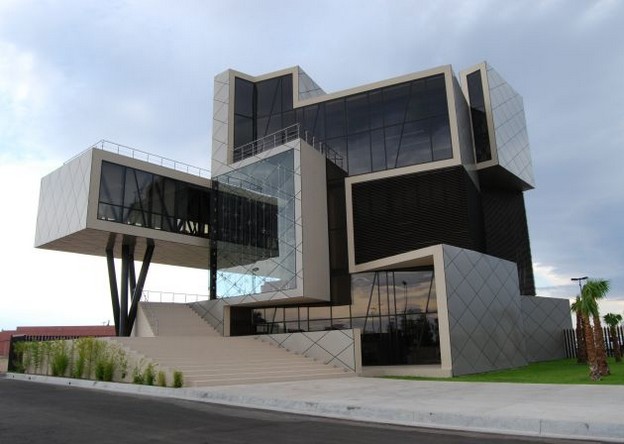





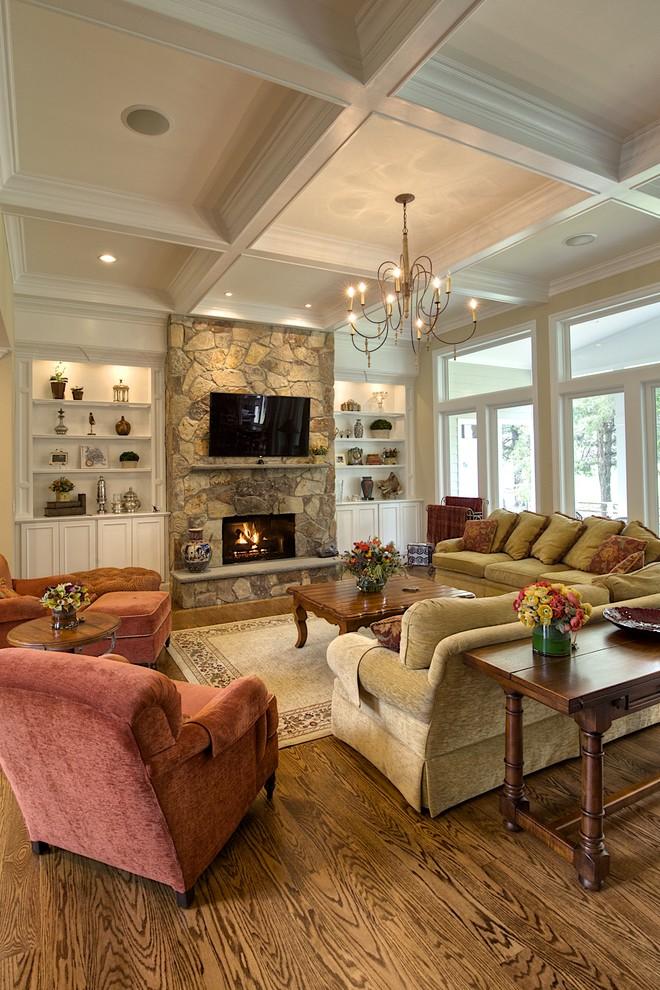

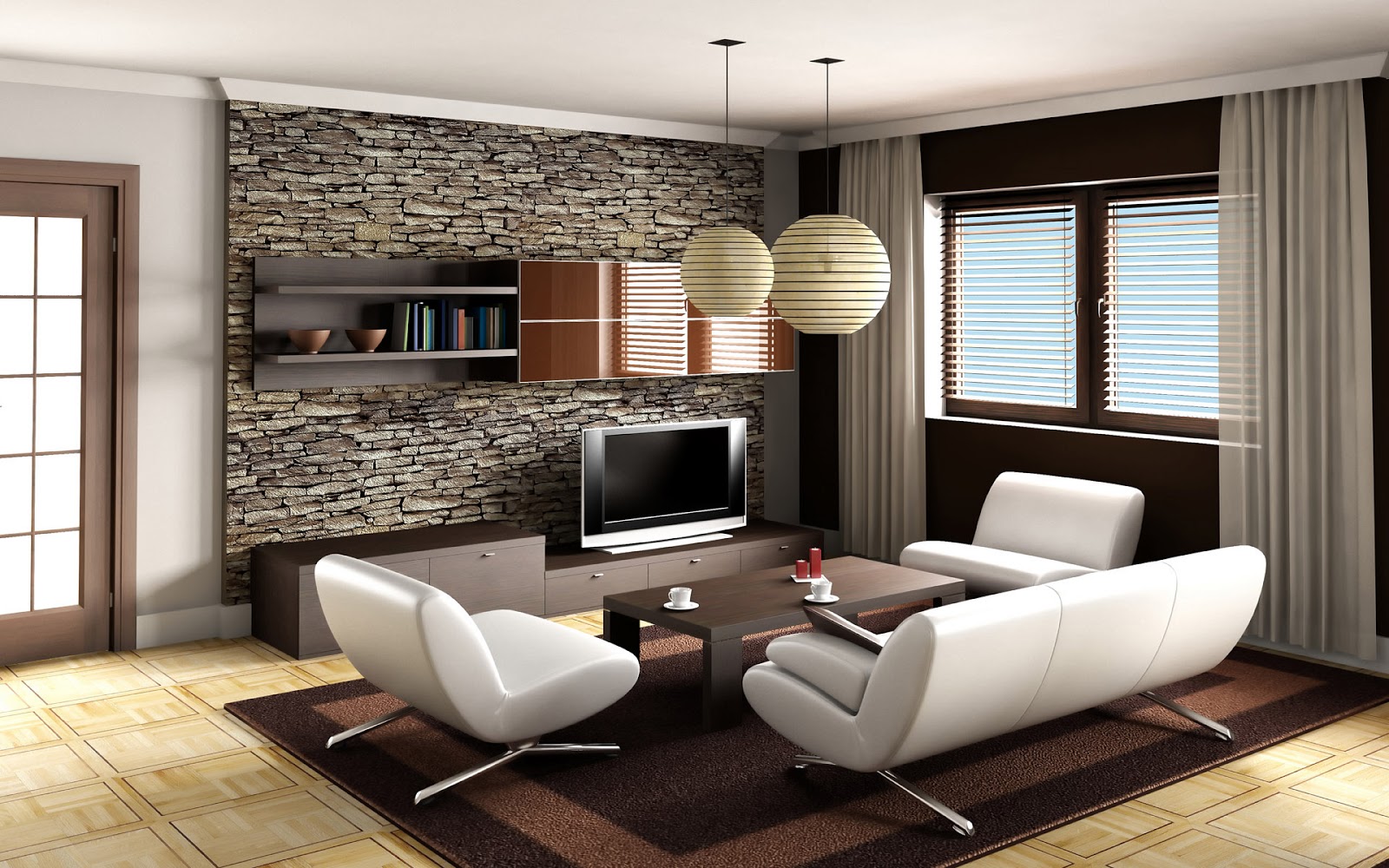



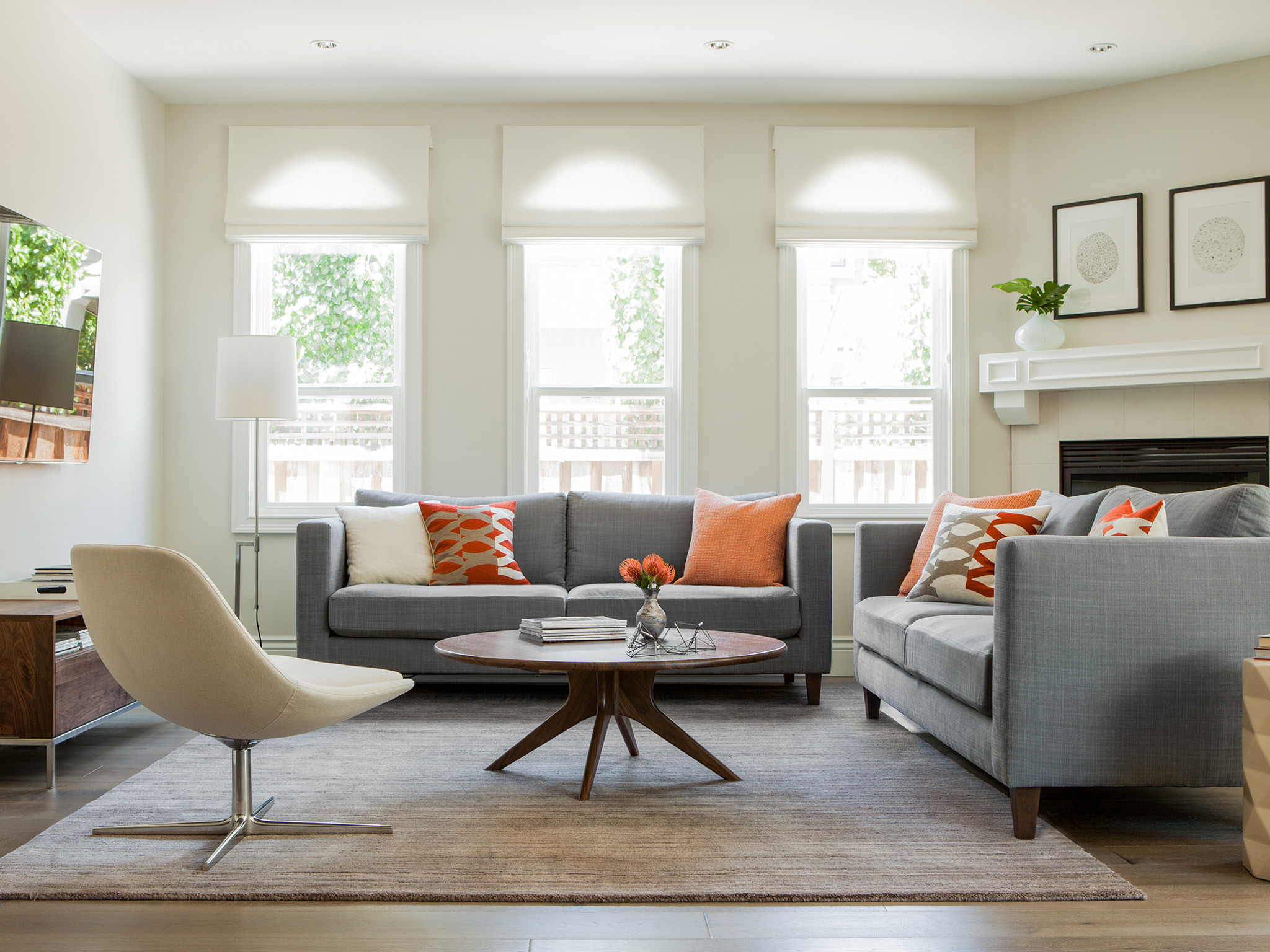


/Contemporary-black-and-gray-living-room-58a0a1885f9b58819cd45019.png)






/cdn.vox-cdn.com/uploads/chorus_image/image/48386407/modernismlede.0.jpg)
















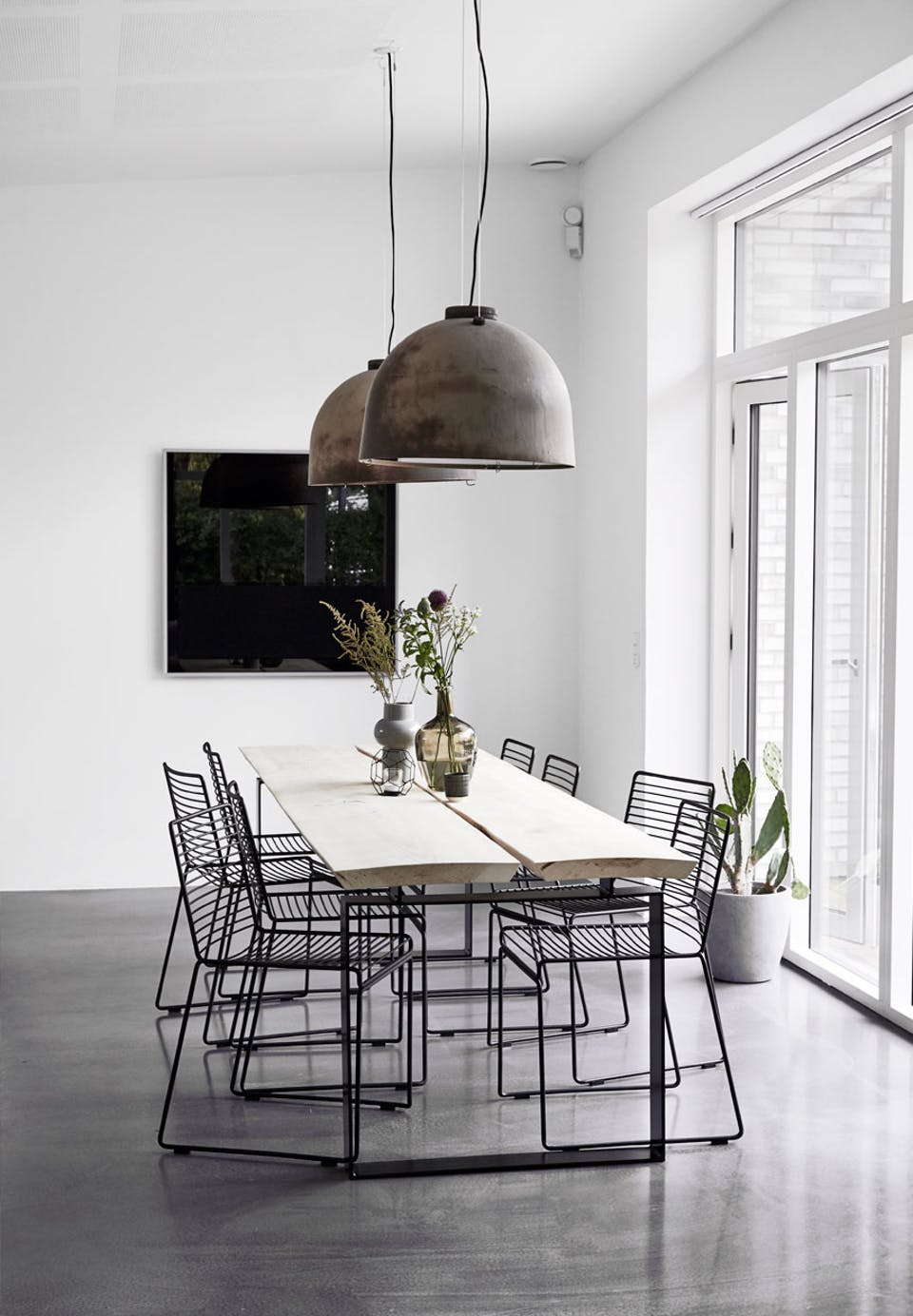

















/TC_3026625-functionalist-perspective-5ace1677c67335003764f7ad.png)






